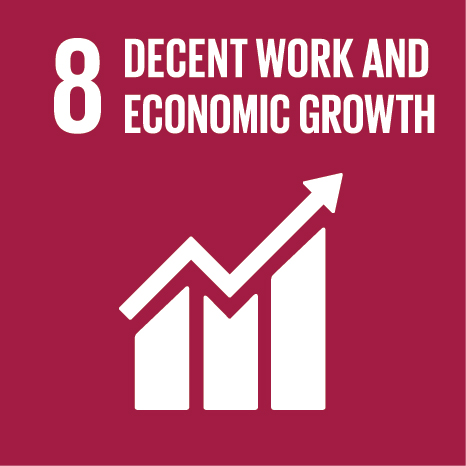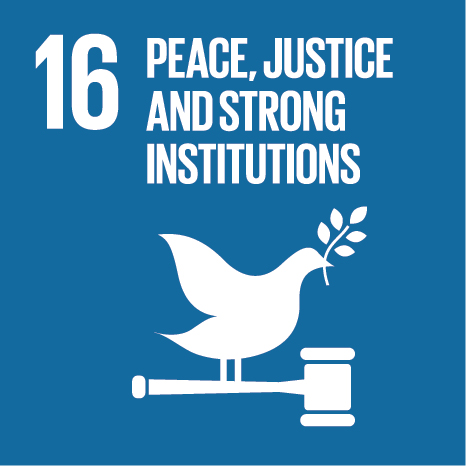Ciência_Iscte
Publications
Publication Detailed Description
Newsreel2. New Teaching Fields for the Next Generation of Journalists
Web of Science®
This publication is not indexed in Web of Science®
Scopus
This publication is not indexed in Scopus
Google Scholar
This publication is not indexed in Overton
Abstract
The pace of digital disruption forces media outlets throughout Europe to become more flexible and
adaptable than ever before with regard to business models, content, and the means of distribution
of that content. Consequently, many journalists constantly need to acquire new skills and thus
require further education. Every few years new social networks attract new users, innovative
technologies require attention, especially while there is still uncertainty about whether they will
ever become mainstream. Pioneer journalists “establish new organizational figurations” (Hepp &
Loosen, 2021, 591) of journalism beyond the classical news organization, transforming perceptions
of journalism and the journalistic workspace.
Such innovations also require journalists to work in a more interdisciplinary manner, closely cooperating with software developers, data specialists, and business developers, which further transform the journalistic professionalism and the skills journalists need to fulfil expectations from both employers and the audience. This has contributed to the evolution of “hybrid” roles and types of journalism (Splendore & Brambilla, 2021).
These developments pose a challenge for journalism educators at universities, journalism schools or
at institutions of further education. Adapting curricula at such a rapid pace is challenging and
requires constant exchange with practitioners. At the same time, journalism schools should refrain
from following every trend, and focus on the core competencies of the journalistic crafts (Bettels-
Schwabbauer et al., 2018, 90). However, it is crucial to acknowledge that the “market” for young
professionals in journalism is in constant transformation, and journalism educators need to consider
this, in order to find a robust balance between tradition and disruption.
For the second time, our project consortium sets out to explore the need for innovation in a variety
of fields of journalism education. Our first EU-funded project NEWSREEL - New Skills for the Next
Generation of Journalists focussed on four fields – data journalism, collaborative journalism,
innovative business models and ethical challenges of the digital public sphere. Following the
research stage of the NEWSREEL project (see Bettels-Schwabbauer et al., 2018), the team developed
journalism and media curricula and e-learning materials. NEWSREEL2 - New Teaching Fields for the
Next Generation of Journalists widens the scope with nine additional fields:
i) Storytelling in social media
ii) Graphic journalism
iii) Improving democratic sensibility
iv) Covering migration
v) Foreign coverage
vi) Journalism for voice-activated assistants and devices
vii) AI and journalism, robot journalism and algorithms
viii) Verifying and analysing fake news
ix) Debunking disinformation
Acknowledgements
--
Report Type
International project anual report
Keywords
journalism,teaching,skills
Fields of Science and Technology Classification
- Media and Communications - Social Sciences
Contributions to the Sustainable Development Goals of the United Nations
With the objective to increase the research activity directed towards the achievement of the United Nations 2030 Sustainable Development Goals, the possibility of associating scientific publications with the Sustainable Development Goals is now available in Ciência_Iscte. These are the Sustainable Development Goals identified by the author(s) for this publication. For more detailed information on the Sustainable Development Goals, click here.

 Português
Português




